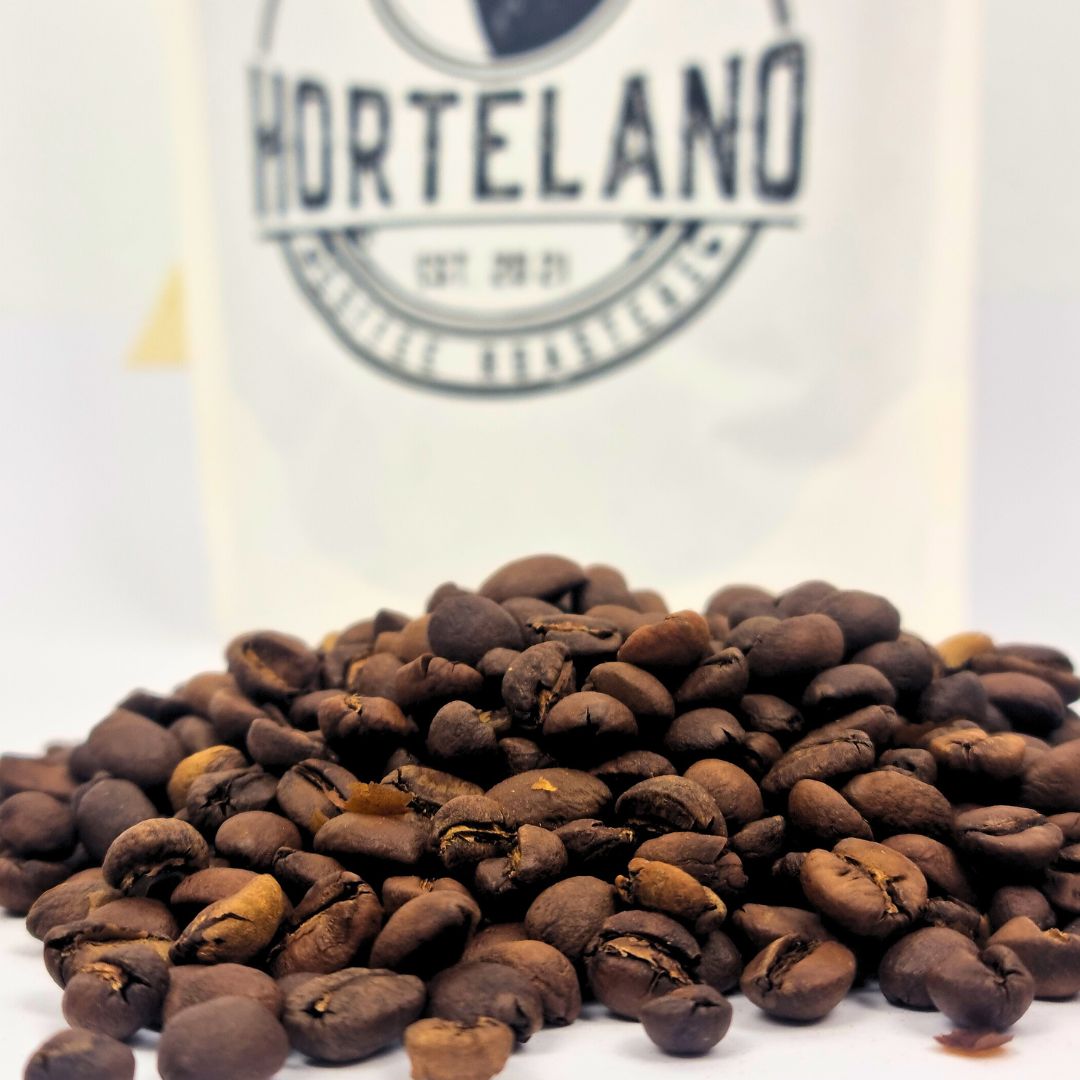
Coffee Roasted Types
Creating Unique Flavors
Our job as specialty coffee roasters consists of squeezing out those nuances and aromas that are intrinsic to green coffee beans, enhancing their characteristics and leaving a balanced coffee in the cup.
There are numerous degrees of roasts, you have surely heard of medium roast, light roast, full-city roast, French roast or espresso roast . In short, there are many names and degrees of roasting, but there are no written standards nor can the same degree of roasting be assessed for different coffees, thus, we classify them into 4 large groups following the words of Scott Rao .
We begin this journey with coffee roasts and their relationship with different filtering methods. Join us!
Types of coffee roasting

As we have started talking about, in the world of coffee there are numerous types of roasts, traditionally the coffee industry has looked for common flavors in coffee, with the result of coffees without too many aromatic nuances and lacking flavor.
But with the arrival of technological advances, learning and improving knowledge about the roasting process have meant that today the specialty coffee industry can offer a wide variety of coffee roasts.
So in a brief summary, we can find coffees from:
- Light roast
- medium roast
- Medium-dark roast
- dark roast
Light Roast
This type of roasting is achieved by extracting the coffee bean after the first crack (this happens between 190 degrees Celsius and 200 degrees Celsius). This marks the beginning of the development phase, so when the beans are taken out of the drum, these coffees usually have green, grassy nuances (green pine nuts) and high acidity.
Coffee with very little body , although quite aromatic, which allows us to make coffees with a grassy aromatic character , with a more complex and natural flavor.
When we roast quality coffees, they can be favored, since they will expose their full potential, while low-quality beans will be totally disadvantaged and their quality problems can be transferred to the cup.
Despite the aromatic potential, for many that point of high acidity at the beginning may be unattractive for espresso coffees, something that I like to appreciate in espressos; Therefore, this type of roast is usually used for drip or filter coffees.
Medium roast coffee
When we leave the grains inside the drum after the first crunch, the development phase begins. The beans continue to roast for a couple more minutes after the first crack causing greater development in the beans, this leads to a darker color variation, say light brown.
Medium coffee roasts, due to the action of caramelization of the sugars present in the beans, acquire sweet aromas and flavors , a balance in acidity , the elimination of herbaceous flavors; It also increases the aftertaste and body , for many it is the optimal roasting point, especially if we are looking for balance in the cup .
These roasts create a fairly balanced cup of coffee where sweet flavors and fruity aromas of moderate acidity stand out, making them perfect for tasting processes .
Medium-dark roast coffee
By increasing the cooking time of the beans, as well as raising the temperature, the character of the coffee becomes more robust, leaving the herbaceous flavors behind, reducing the acidity and increasing the body of the coffee due to the degree of caramelization of the beans. the intrinsic sugars in the grains.
This degree of coffee roasting reduces the aromatic complexity and gives way to new, more bitter nuances , where the effects of coffee roasting become more evident.
For many, these roasts are more specific for espresso coffees since their low acidity, heavy body and intense aftertaste make espresso a very balanced coffee.
dark roast coffee
For this type of roast we bring the beans almost to the point where they crackle for the second time. This coffee presents more roasted flavors in the cup, with bitter connotations appearing, although it still presents balance with the sweet flavors. It is not a really aromatic coffee. This type of coffee roasting leaves bitter tones in the mouth, reducing the acidity almost to the point of extinction.
In the cup we will not find herbaceous flavors, low acidity and sweet flavors muted by the typical bitterness of nuts, leaving us with a quite powerful aftertaste .
These roasts are usually called coffee roasting, although we should not confuse it with Spanish roasting ( coffee+sugar+coffee carbonization ).
It is a characteristic roast from France and together with its Frenchpress they can create sublime coffees in a cup.
Relationship between coffee roasting and filtering methods
- For light roasts , a finer grind and higher water temperatures are recommended to allow a more controlled and complete extraction of the aromas. Additionally , for these roasts the most recommended methods are drip methods such as V60, Chemex, which The floral and fruity notes of the coffee stand out.
- For medium or medium-dark roasts , the grind can be more versatile, allowing a balance between full extraction and control over the strength of the coffee; Medium roasts typically work well in a wide range of brewing methods, including French press, Chemex, and drip, as they can accommodate different flavor preferences.
- For dark roasts , a coarser grind is recommended to avoid overextraction and bitterness, these are ideal for filtering methods such as French Press and AeroPress, where a fuller body and deeper flavors are sought.
Conclusion
There are numerous degrees of roasting, which can be classified or we classify them into four large groups.
Some roasters follow this philosophy and when roasting they observe the type of method the coffee is intended for. We are not faithful to this unwritten rule and we think that each coffee should be roasted according to its characteristics.

The art of roasting is a perpetual journey of learning . New grains, techniques, evolution and a commitment to sustainability propel you forward, ensuring each batch is a testament to your passion and experience.
In the world of coffee roasting, precision is your brush, and the roaster is your canvas. As you navigate the complexities of heat, time, and bean characteristics, remember that each batch tells a story: a story of flavor, aroma, and the craftsmanship of roasting.


